Use Worksheet object and not Sheet object;Then you can save it as named range this wayHi It might not be a bug of ASAP If I create a named range afterwards create a table, delete named range and try to rename the table with the name previously used for the named range, excel replies that the name is already in use so the delete doesn't fully work
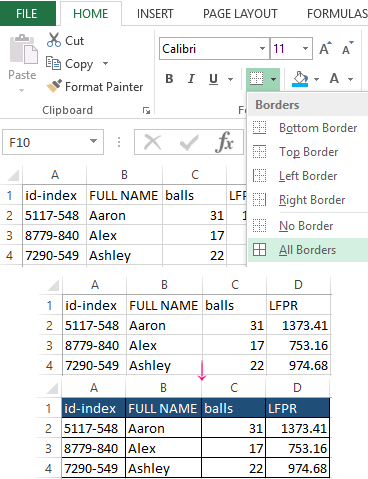
Change The Color Of The Table In Excel
Excel change table name range
Excel change table name range- Select the cell or range you want to name Click on Define Name in Formula tab of the toolbar Give it a name Change the Scope to a worksheet and save In our example, we have 4 named ranges with 2 duplicate names As you can see in the screenshot, each "Lookup_Value" named range refer to different cellsThe product list range should be automatically selected The table has headers, so click OK;
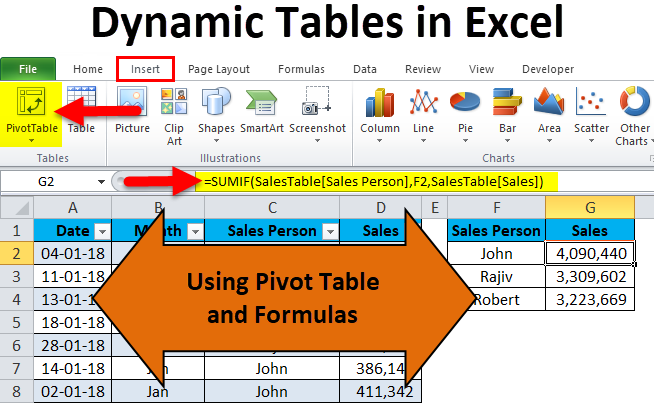



Dynamic Tables In Excel Using Pivot Table And Formulas
Or, press Ctrl F3 to open the Excel Name Manger, and click the New button Either way, the New Name dialogue box will open, where you specify the following details In the Name box, type the name for your dynamic range In the Scope dropdown, set the name's scope Workbook (default) is recommended in most casesExport a Table Array To Named Range in Excel This Specification Flow Task exports a table array to a named range in an Excel file The named range will be used as the top left cell and the table exported down and right There is an option to set whether headers are sent, and if new rows are inserted into ExcelThis will list all named ranges that are available on the workbook You can Edit available named ranges, delete them, add new names One Range Multiple Names Excel allows users to name the same range with different names For example range A10 can be named 'Customers' and 'Clients' both at same time
TIP Sort the list by Product name, so products will be easy to find in the drop down list Create a Named Range Next, I created a named range based on the ProductShow column, by following these steps1 Activate the sheet you want to convert its tables, then press Alt F11 keys to enable Microsoft Visual Basic for Applications window 2 Click Insert > Module to create a new module script, copy and paste below code to the blank module VBA Convert all tables of active sheet to ranges 1 2 3 4 5 6 7 8 9 Sub ConvertTablesToRange ()One solution is to define a named range using a structured reference, then use the named range for data validation To keep things straight, I'll first rename the table to start with a "t" for table This will let me see at a glance which range is the table Next, I'll create a named range called "Stages" using the name manager
Then you can move or resize it using Rangeget_Offset(*RowOffset*, *ColumnOffset*) or Rangeget_Resize(*RowSize*, *ColumnSize*) Also you can use Offset and Resize var newRange = oRngOffset1,3Resize2,4; Excel will automatically figure out what names you'd like to apply Here is a gif illustrating this You'll see that the named ranges have been applied to the values in the table This is a nice way to set a bunch of named ranges quickly in ExcelHttp//wwwcontexturescom/xlNames01html Visit this page for more information on named ranges in Excel In Excel, you can give a name to a range of cells, t
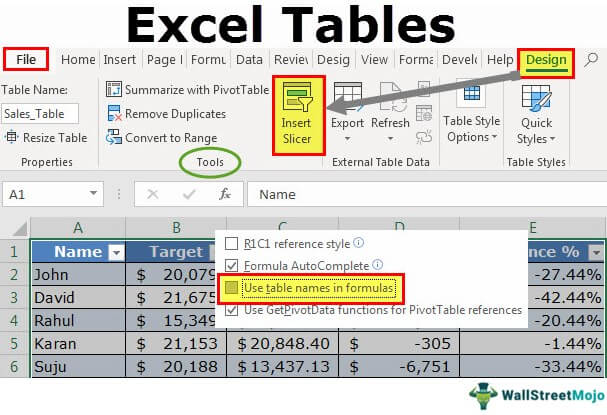



Tables In Excel Step By Step Guide To Creating An Excel Table
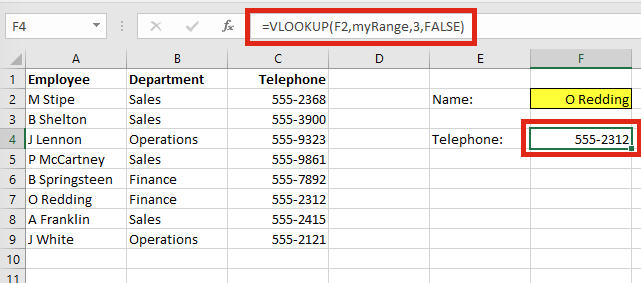



Automatically Expand The Vlookup Data Range Excel Off The Grid
Working with Excel Tables in VBA;My plan is to have code that will copy data validations from a row of one table on my Maintenance tab to a single table on each tab of my workbook (minus my "TOC" and "data" tabs)Rightclick the table, then in the shortcut menu, click Table > Convert to Range Note Table features are no longer available after you convert the table back to a range For example, the row headers no longer include the sort and filter arrows, and structured references (references that use table names) that were used in formulas turn into regular cell references
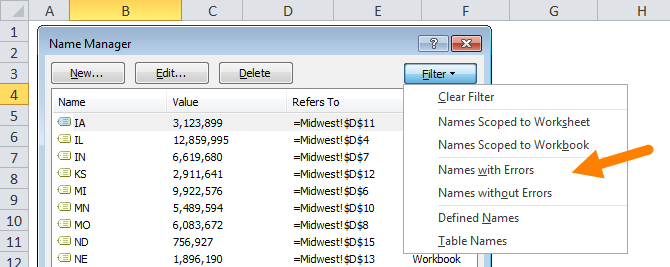



Named Ranges In Excel Exceljet
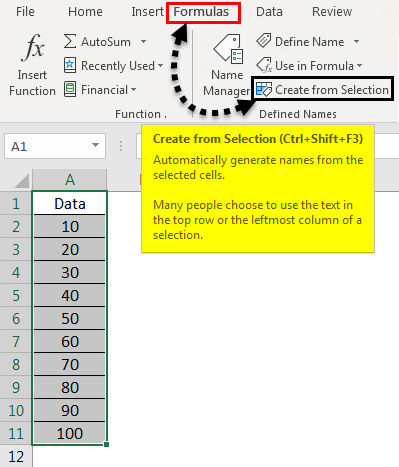



Named Range In Excel How To Create Named Range In Excel
Now, turn that range of data into a table by selecting the area from to D19 and choosing Insert » Table Then, click over to the Table Tools / Design group and change the table name from "Table1" to "Main_Data" (this isn't required, but I always like to give my tables somewhat descriptive names) The sheet should now look like this You can rename the table in the Name Manager but you can't edit the range or delete the table from there You can rename the table and edit its range by clicking in the table, click on the Design Tab, Properties Group then use Table name and Resize Table If you don't want a name at all, click on the Design Tab, Tools Group, Convert to Range You could try this trick insert your new column Inside the existing data table, rather than placing it in an empty column to the left Now it should be in your named range and the range will expand automatically




Change Data Source For All Pivot Tables Contextures Blog




The Untapped Power Of Named Ranges In Excel Ms Excel Excel In Excel
User Defined Functions (UDFs) VBA Best Practices; With named ranges you need to use the Name Manager to figure this out Named range keyboard shortcuts You can bring up the Name Manager in Excel by pressing Ctrl F3 This lists the names used in your current workbook, and you can also define new names, edit existing names or delete names from the Name Manager The named range trick I Follow these steps to change the range reference On the Ribbon, click the Formulas tab Click Name Manager In the list, click on the name that you want to change In the Refers To box, change the range reference, or drag on the worksheet, to select the new range Click the check mark, to save the change Click Close, to close the Name Manager TOP
:max_bytes(150000):strip_icc()/NamedRangeNameManager-5c192805c9e77c0001a4b91c.jpg)



How To Define And Edit A Named Range In Excel
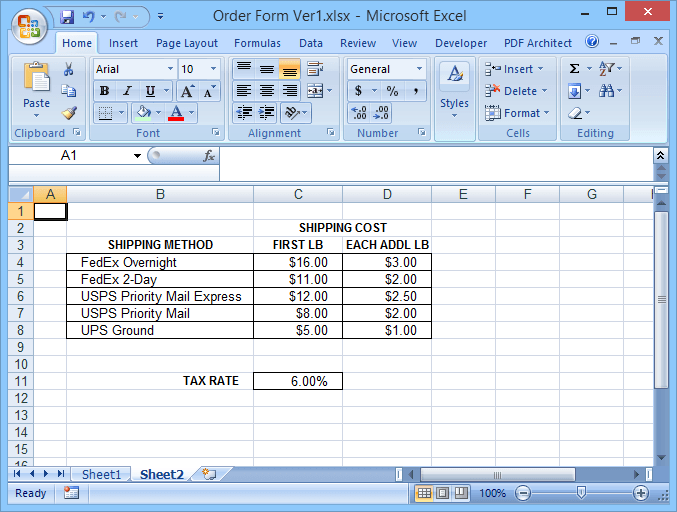



Why You Should Be Using Named Ranges In Excel
How to Edit Named Ranges in Excel If you have already created a Named Range, you can edit it using the following steps Go to the Formulas tab and click on Name Manager The Name Manager dialog box will list all the Named Ranges in that workbook Double click on the Named Range that you want to edit In the Edit Name dialog box, make the changesPowerPoint Integration Through VBA; Right click on your table name and click "Edit" (see Table_1jpg) In this box you can reset the range, etc like starting a new table Works well For the main header i simply insert a table for just the header, example from excel would be A1F1 & name it header Then simply use the copy command to put on top of all tables




Microsoft Excel Create An Automated List Of Worksheet Names Journal Of Accountancy
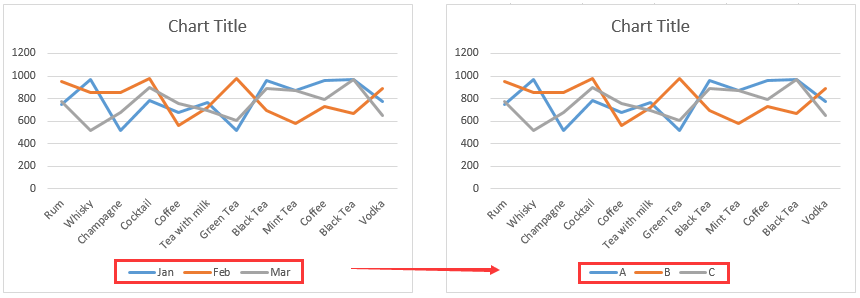



How To Rename A Data Series In An Excel Chart
Named ranges You cannot create named ranges in Excel for the web, but you can use the named ranges that you created in Excel desktop in your spreadsheet in Excel for the web When you select a named range, the name appears just before the formula bar Number formatting Change the format of numbers In order to name a group of ranges in excel, we simply select the ranges as follows, Now there is a box where it is mentioned as A1 we click on it and give it a name The box is called a name box and we use it to give a name to our range For the current example, IPlease click the Name manager button, select a range name you want to resize, and then click the button 2 In the popping up Kutools for Excel dialog box, select a new range for this range name, and then click the OK button 3 Then click the button in Navigation Pane to finish the setting




Excel Named Ranges Formula Boosters Online Pc Learning
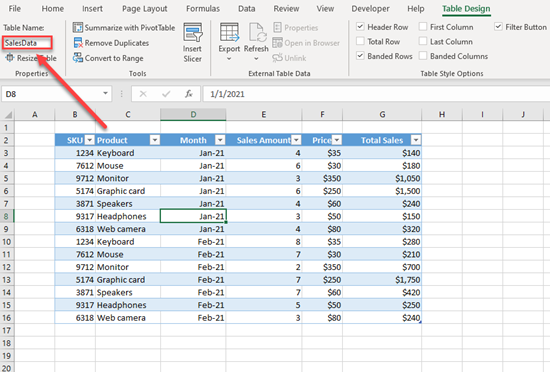



How To Rename A Table In Excel Google Sheets Automate Excel
At the left side of the ribbon, in the Properties group, you see the name which Excel has assigned to your new table It defaults to something like "Table1" or "Table2," but you should change the name to something more descriptive of the data in your table This is, essentially, a named range that applies to the table as a wholeOnce you have a table, you can adjust the formatting, and toggle the filters on and off Excel will automatically give the table a name, but you can change this name if you like The new table range will appear in the name box, and in the Name ManagerConverting an Excel Table to a normal range;
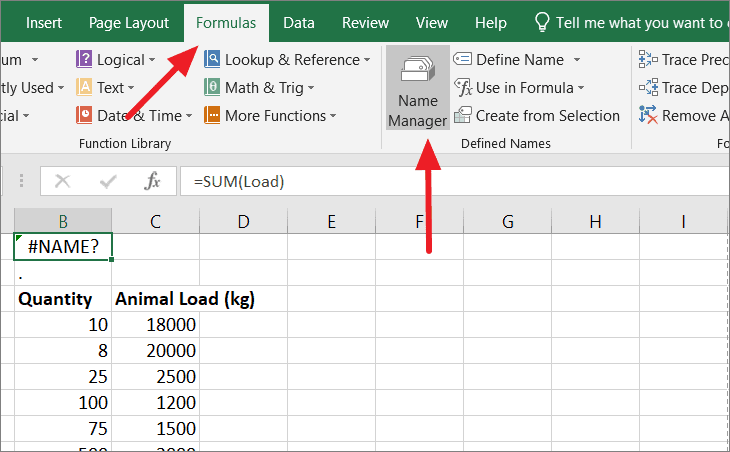



How To Fix Name Error In Excel All Things How
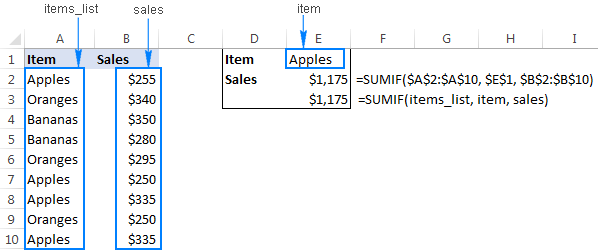



Excel Names And Named Ranges How To Define And Use In Formulas Ablebits Com
If you type a name and then click in the worksheet, Excel won't create the name) If the name already exists, you can't use the Name box to change the range to which that name refers The "Edit Name" dialog box displays You can change the "Name" itself as well as add a "Comment" to the name, providing more details about what the name represents You can also change the range of cells to which this name is assigned by clicking the "Expand Dialog" button on the right side of the "Refers to" edit boxClick any value in the pivot table, then click Change Data Source under the Options tab Click the button beside the Table/Range bar and select cells B2D14 to expand the data selection Figure 7 Changing the data source for our pivot table Click Yes to the Excel prompt message shown below Figure 8 Excel prompt message
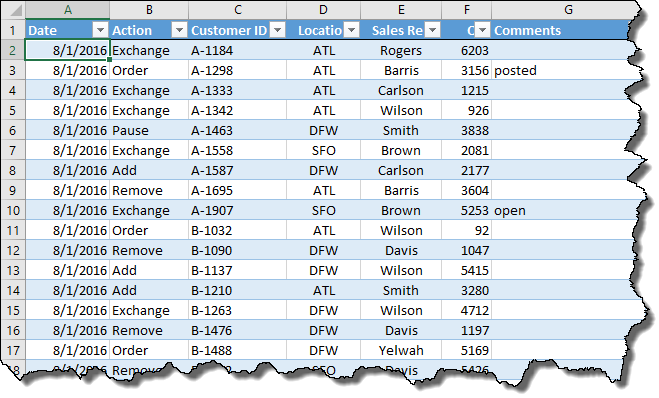



Differences Between Tables And Named Ranges Microsoft Excel
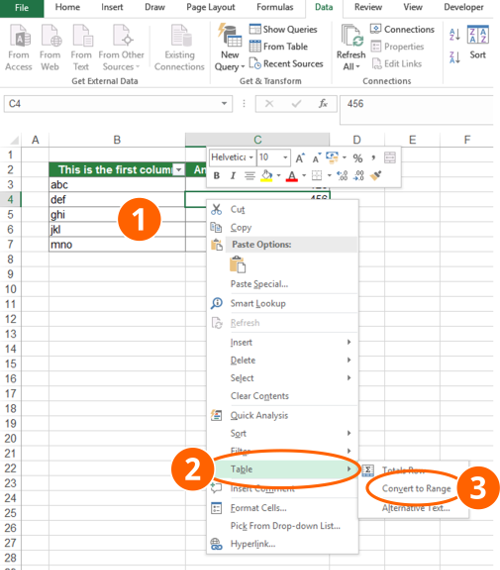



Data Table To Normal Range How To Convert An Excel Table
Here is the syntax of the Resize method from Table on the worksheet using VBA in Excel ListObjectResize(Range) Where Range is a mandatory argument It contains the range data type Represents the table new range Example to Resize Table by specifying static range Let us see the example to Resize table by specifying static range on the WorksheetYou can use the Resize command in Excel to add rows and columns to a table Click anywhere in the table, and the Table Tools option appears Click Design > Resize Table Select the entire range of cells you want your table to include, starting with the upperleftmost cell In the example shown below, the original table covers the range A1C53 When you add a value to the range, Excel does not update the sum To expand the named range automatically when you add a value to the range, execute the following the following steps 4 On the Formulas tab, in the Defined Names group, click Name Manager 5 Click Edit 6
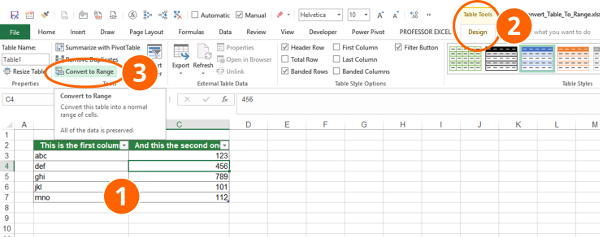



Data Table To Normal Range How To Convert An Excel Table
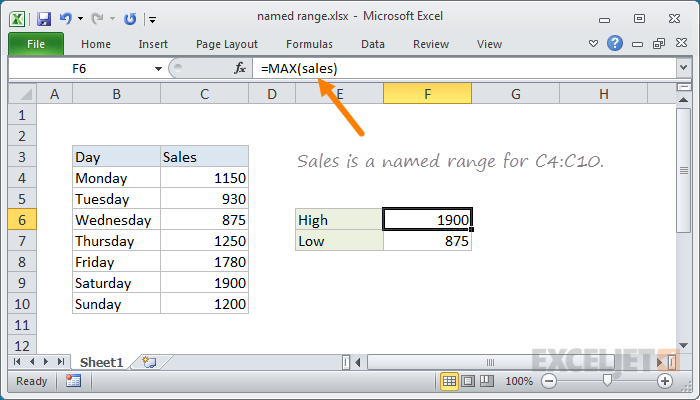



Excel Named Range Exceljet
You can get a named range by var oRng = oSheetget_Range("Transactions");Step #1 Create the dynamic named ranges To start with, set up the named ranges that will eventually be used as the source data for your future chart Go to the Formulas tab Click "Name Manager" In the Name Manager dialog box that appears, select "New" In the New Name dialog box, create a brand new named range Choose Name from the Insert menu and then choose Define Excel displays the Define Name dialog box In the list of names shown in the dialog box, click once on the name whose reference you want to change (In this case, choose MyRange) The existing reference should show up in the Refers To box at the bottom of the dialog box



How To Define And Edit A Named Range In Excel



How To Define And Edit A Named Range In Excel
This can be done in the Excel Options Window Here are the instructions to turn Structured References (Table Formulas) Off Click File > Options in Excel Click the Formulas option on the left side menu In the Working with Formulas section, uncheck the box that says "Use table names in formulas" Press OKExcel allows us to convert a table to a range without losing the table style A range means a regular set of data on the worksheet This tutorial will walk all levels of Excel users through the easy steps of converting a table to a range while keeping all table style formatting How to edit named range in Excel To change an existing Excel name, open the Name Manager, select the name, and click the Edit button This will open the Edit Name dialog box where you can change the name and reference The scope of the name cannot be changed To edit a name reference, you do not need to open the Edit Name dialog box



1




Dynamic Tables In Excel Using Pivot Table And Formulas
Ok, easy enough Excel should just check if the name you try and rename it to already exists Sure they could but The scope of a named range would likely impact the refers to as well, at least in terms of what you would want it to refer to Excel cant really check if it refers to what you want it to Lastly, copy/paste Its possible to duplicate named ranges without even knowing youSelect the cell or range to name and then click the Name box and type the name Press Enter to create the name (You must press Enter to assign the name to the selected range;As I mentioned, using Excel table is the best way to create dynamic chart ranges However, if you can't use Excel table for some reason (possibly if you are using Excel 03), there is another (slightly complicated) way to create dynamic chart ranges using Excel formulas and named ranges Suppose you have the data set as shown below
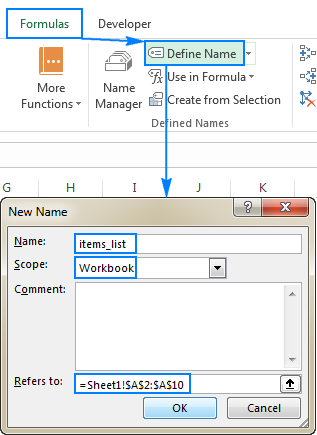



Excel Names And Named Ranges How To Define And Use In Formulas Ablebits Com
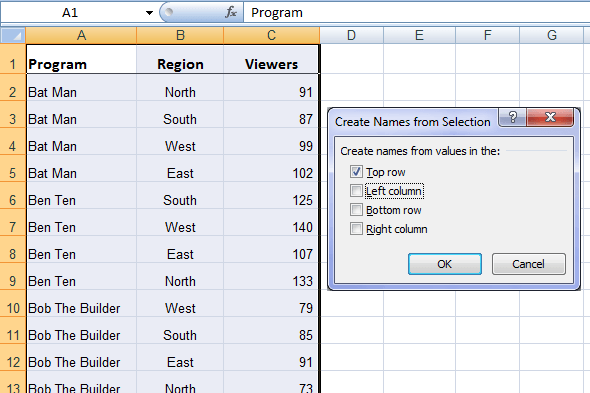



Excel Named Ranges Explained My Online Training Hub
How to Convert Range into Excel Table Using VBA Macro To convert a range into an Excel table use ListobjectsAdd Listobjects is a property of the Worksheet object Add is a method of Listobjects Add has the following parameters Use xlSrcRange as your SourceType To apply a particular style to your table get the style name by hovering over aWhen you are working with data tables in Excel, the cell references look a bit different than the usual A1 letternumber combination for columnrows This is because each row of the table acts like it is in its own 1row spreadsheet That means that the references only need to refer to the table name and the column The row is assumed to be itself I am using Excel and am looking to get the name of the table based on a cell address (ex A3), this cell will not move How would I go about stating this in Excel's VBA?




How To Create And Use Excel Named Ranges




Excel Tables As Source For Data Validation Lists My Online Training Hub
Select the Excel range (in the example it is a name "rngCopyToWord") Find the last paragraph in the Word document (it will be always the 1st in this example, since we are adding a new document) Copy the range to the new Word document (it is going to be a Word table) Perform some basic formatting on the Word table change font sizeSQL in Excel VBA Best Practices;
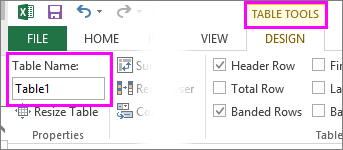



Can I Change A Table Name



3



Excel Dynamic Named Ranges W Tables Chart Automation Analytics Demystified



1
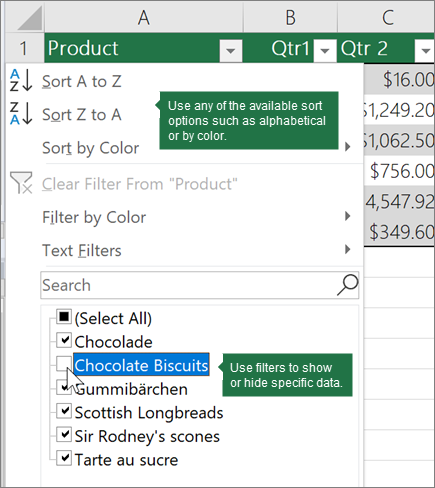



Overview Of Excel Tables
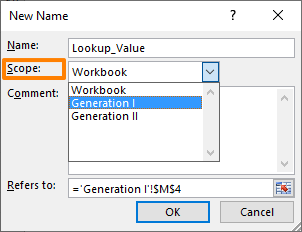



How To Make Excel Change Scope Of Named Range



How To Define And Edit A Named Range In Excel




Change The Color Of The Table In Excel




Rename An Excel Table




The Vba Guide To Listobject Excel Tables Thespreadsheetguru
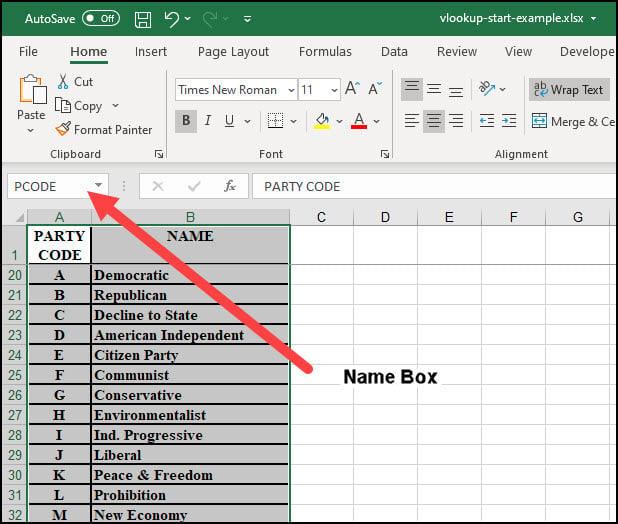



Easily Assign An Excel Range Name Productivity Portfolio




Using An Excel Table Within A Data Validation List Excel Off The Grid




How To Convert Range To Table Or Vice Versa In Excel
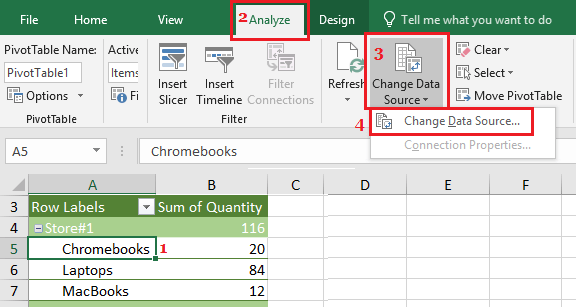



How To Change Pivot Table Data Source And Range
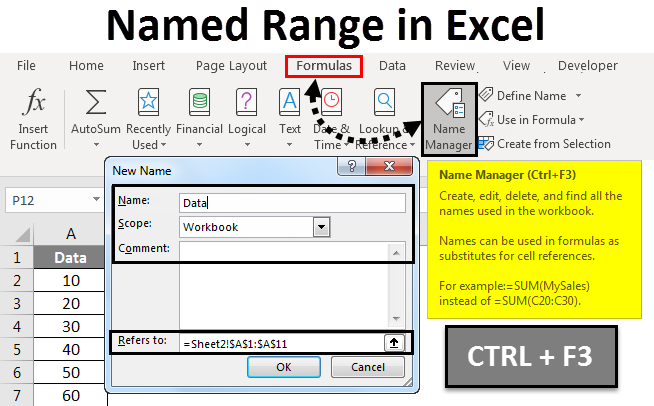



Named Range In Excel How To Create Named Range In Excel



1




Dynamic Chart In Excel How To Create Step By Step




Dynamic Named Range In Excel In Easy Steps




How To Create Named Ranges In Excel A Step By Step Guide
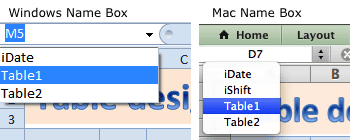



How To Table Names In Excel Update December 21 Microsoft Excel Tips Excel Semi Pro




Locate And Change Excel Pivot Table Data Source Youtube




Named Ranges In Excel Exceljet




Rename An Excel Table
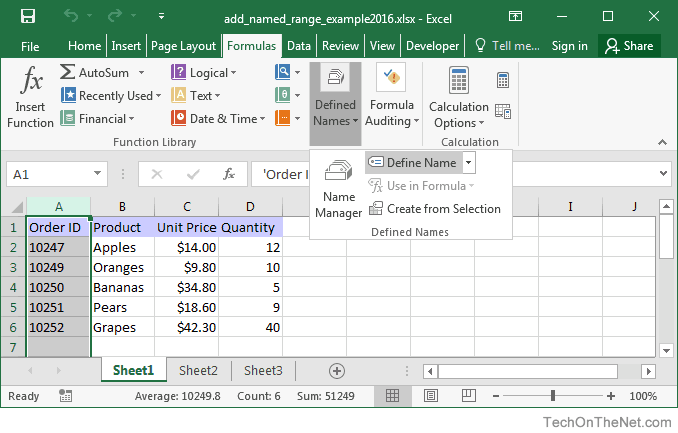



Ms Excel 16 Add A Named Range
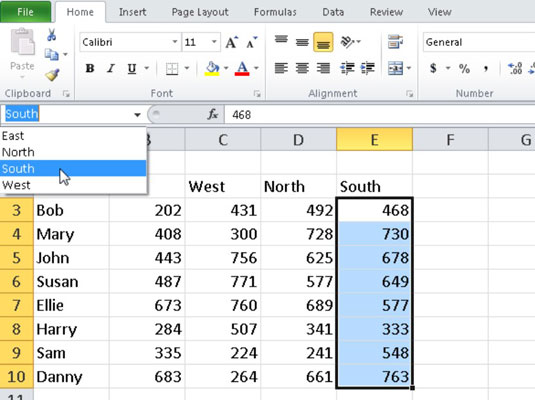



How To Name A Cell Or Range In Excel 10 Dummies
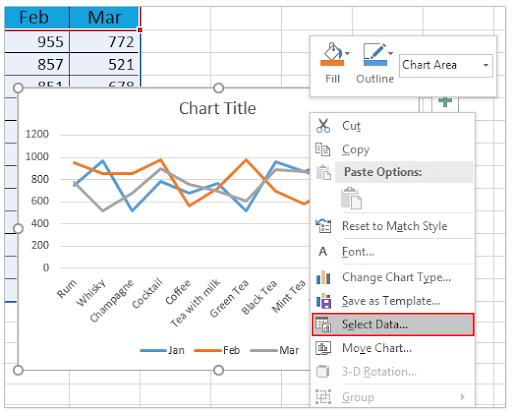



How To Change Series Name In Excel Softwarekeep




Reference Isn T Valid Excel Error And How To Solve It




Excel Table Vs Excel Range What S The Difference Spreadsheet Planet




How To Create And Use Excel Named Ranges
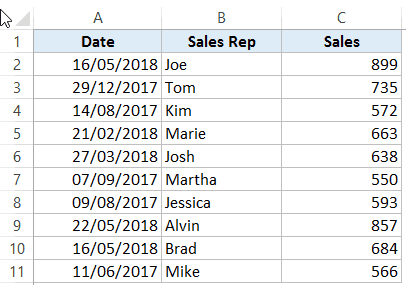



How To Create Named Ranges In Excel A Step By Step Guide




How To Change Excel Named Range Youtube
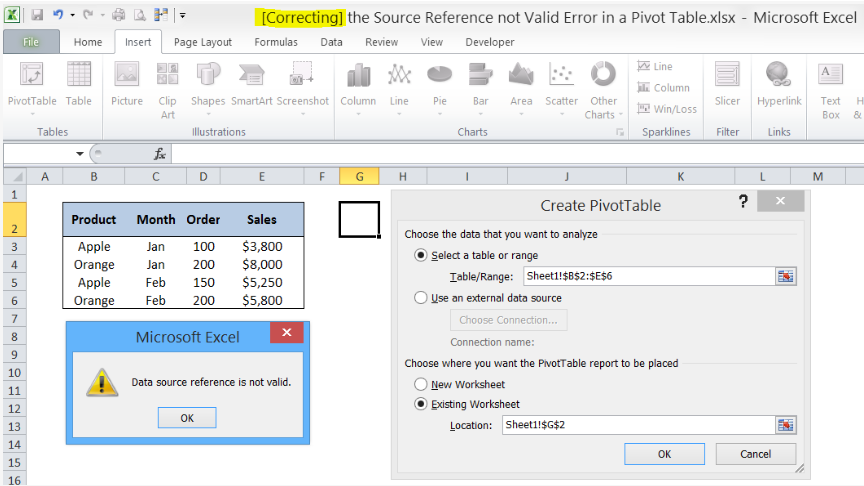



Correcting The Source Reference Not Valid Error In A Pivot Table Excelchat
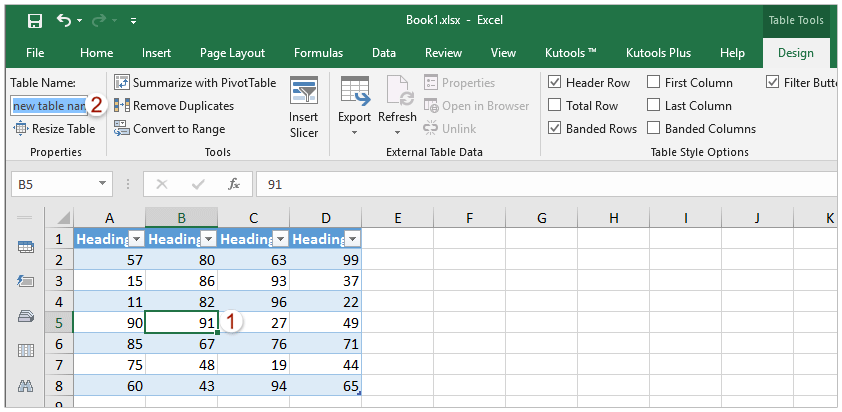



How To Rename A Table In Excel
/NameBox-5be366ed46e0fb00519ef15a.jpg)



How To Define And Edit A Named Range In Excel




Tables In Excel Vba Explained With Examples




Use The Name Manager In Excel



How To Edit A Drop Down List In Excel In 3 Different Ways




How To Create Named Ranges In Excel A Step By Step Guide




Resize A Table By Adding Or Removing Rows And Columns




Excel Vlookup Named Range Myexcelonline




How To Assign A Name To A Range Of Cells In Excel
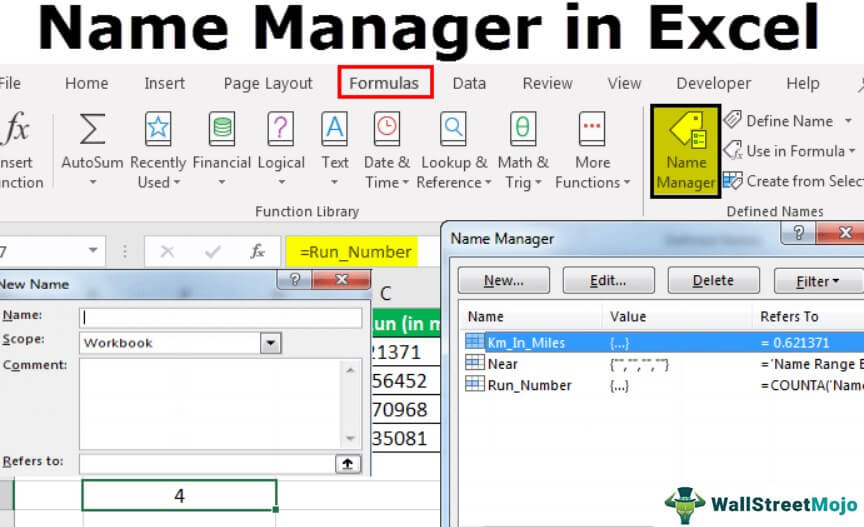



Name Manager In Excel How To Create Use Manage Names In Excel




How To Assign A Name To A Range Of Cells In Excel
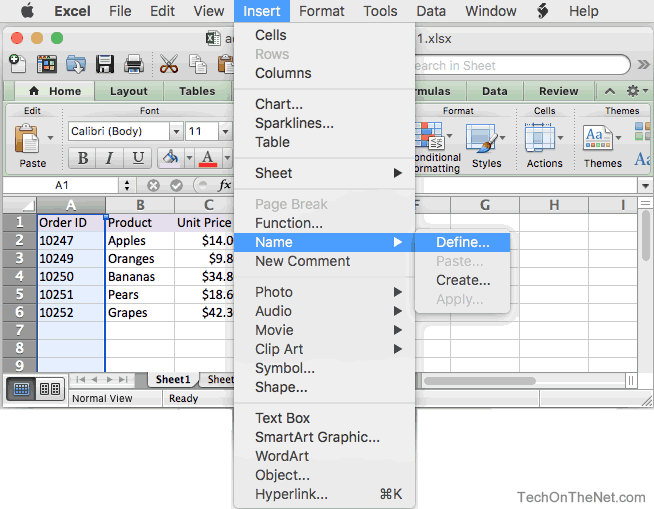



Ms Excel 11 For Mac Add A Named Range



Change Table Name Excel Online Debug To




Can T Open Pivot Table Source File Excel First
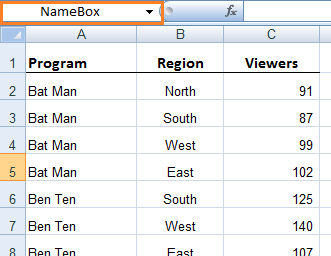



Excel Named Ranges Explained My Online Training Hub




Excel Vlookup Named Range Myexcelonline




Why You Should Be Using Named Ranges In Excel
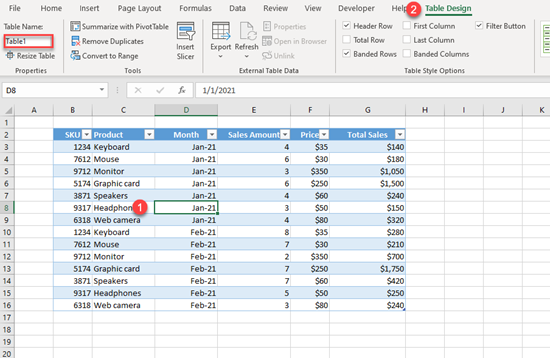



How To Rename A Table In Excel Google Sheets Automate Excel
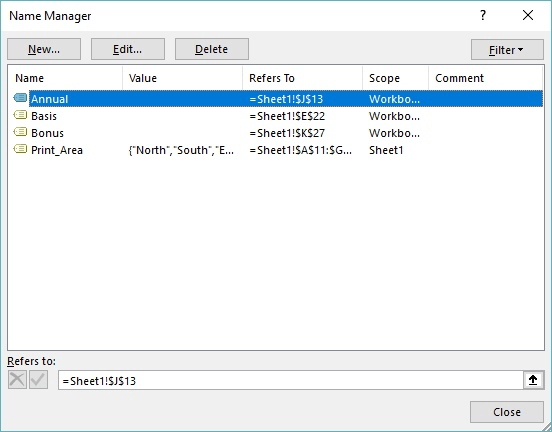



Changing The Reference In A Named Range Microsoft Excel
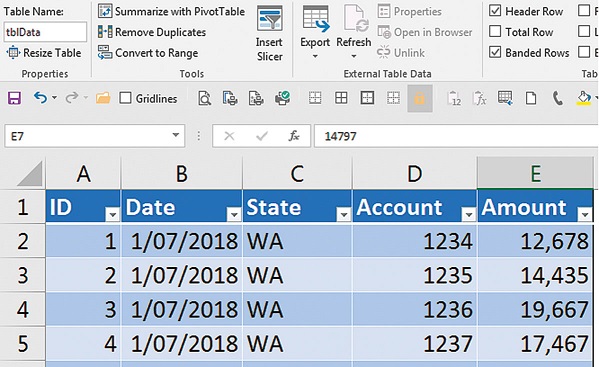



Understanding Excel S Misunderstood Format As Table Icon Intheblack




Mos Excel Lesson 7 Notes Sort Range 44 Mcbee Table Video Minutes Flashcards Quizlet
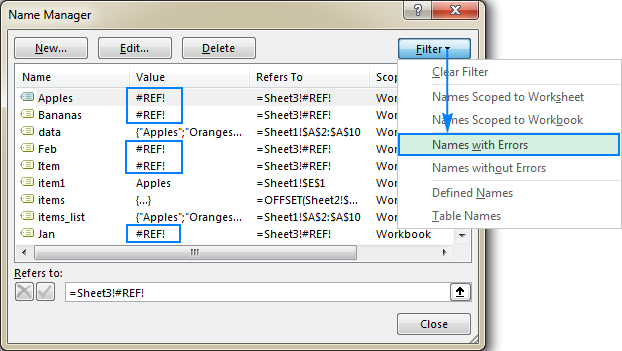



Excel Names And Named Ranges How To Define And Use In Formulas Ablebits Com
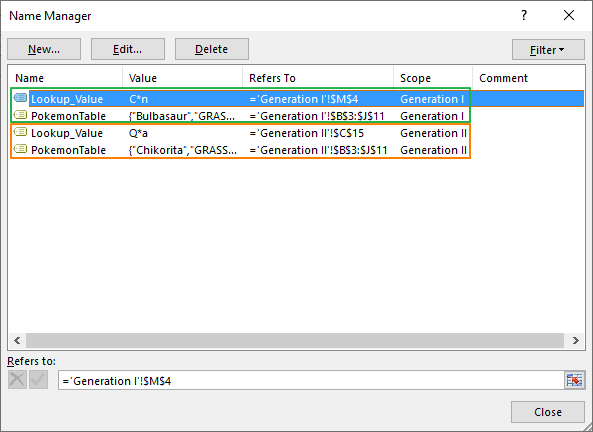



How To Make Excel Change Scope Of Named Range
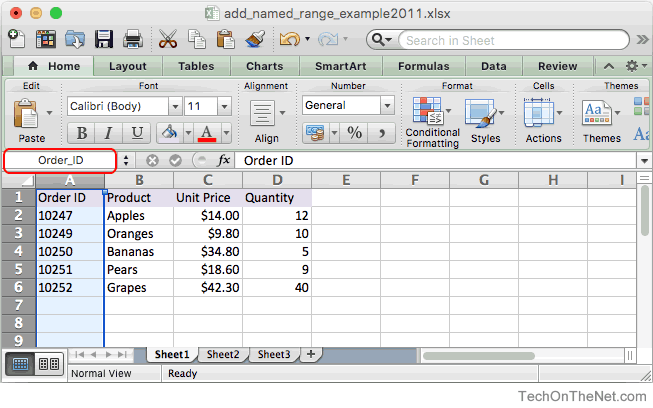



Ms Excel 11 For Mac Add A Named Range




Find The Named Range In Microsoft Excel
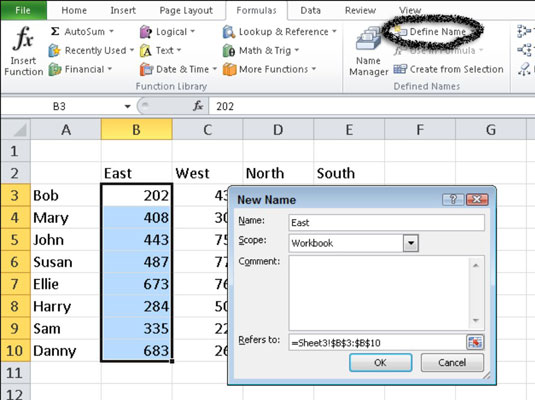



How To Name A Cell Or Range In Excel 10 Dummies




How To Create And Use Excel Named Ranges
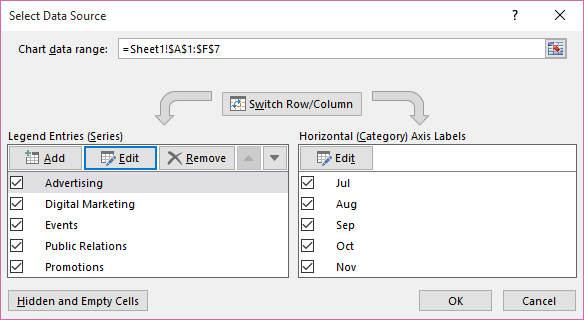



Rename A Data Series




How To Create Named Ranges In Excel A Step By Step Guide




Excel Dynamic Named Ranges W Tables Chart Automation Analytics Demystified




How To Rename Columns In Google Sheets 2 Methods Spreadsheet Point
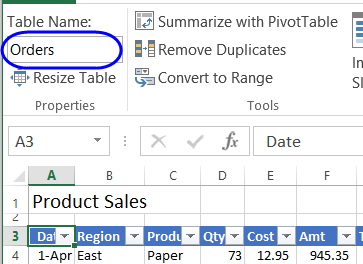



How To Change The Width Of Ribbon Bar Sections Specifically For Changing The Width Of The Table Name Field Mrexcel Message Board
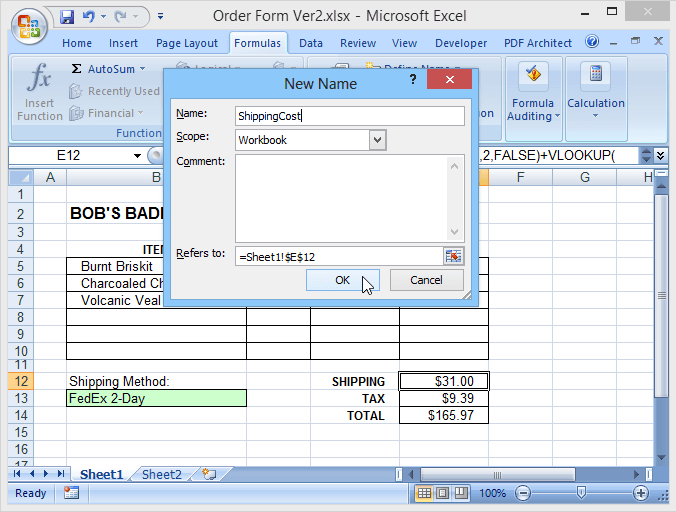



Why You Should Be Using Named Ranges In Excel




Named Ranges In Excel Exceljet
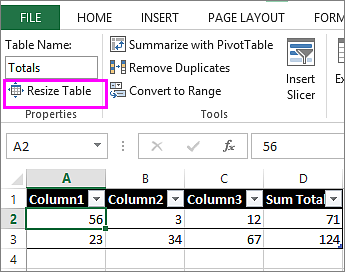



Resize A Table By Adding Or Removing Rows And Columns




How To Dynamically Update Pivot Table Data Source Range In Excel
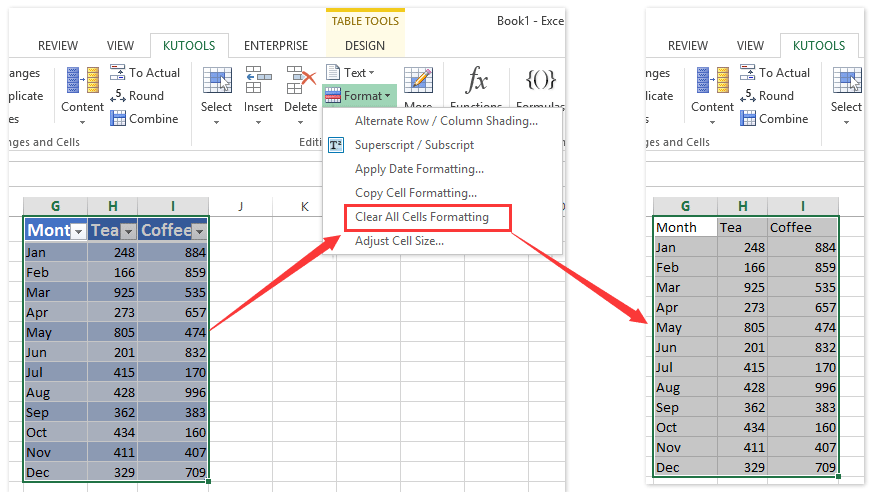



How To Convert Range To Table Or Vice Versa In Excel




Automatically Change Range Of Pivot Table When Data Is Added Microsoft Excel Tutorial Youtube




How To Make Excel Change Scope Of Named Range




Pro Tip Accommodate An Expanding Range In Excel Techrepublic




Excel Formula Dynamic Named Range With Offset Exceljet
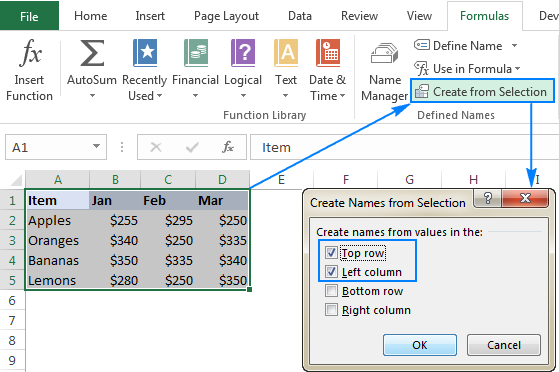



Excel Names And Named Ranges How To Define And Use In Formulas Ablebits Com




How To Assign A Name To A Range Of Cells In Excel




Change Table Name In Exce File Learn Uipath Community Forum




Name Manager In Excel How To Create Use Manage Names In Excel
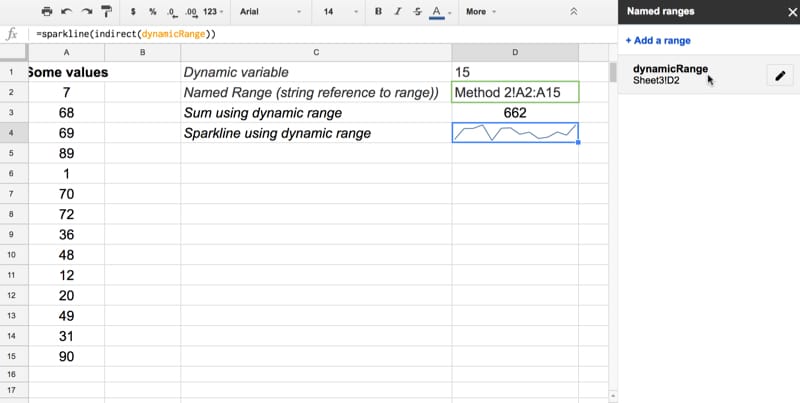



How To Create Dynamic Named Ranges In Google Sheets



No comments:
Post a Comment